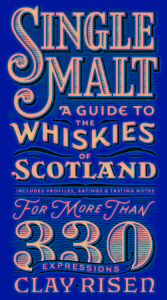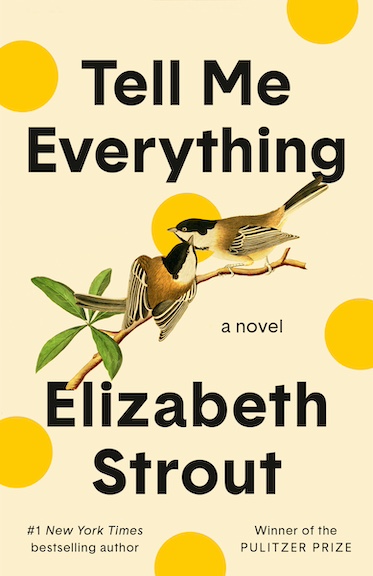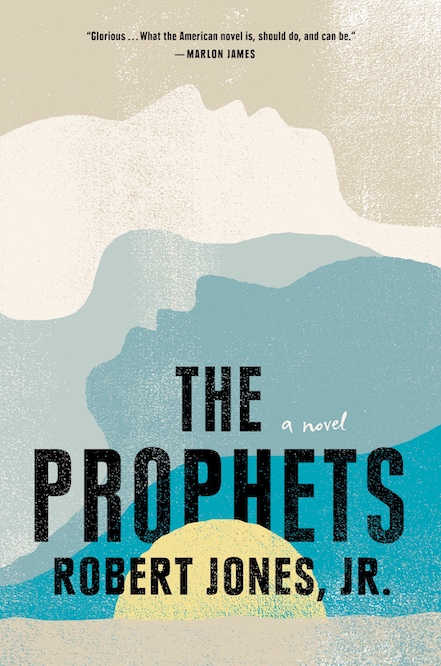A Wee Dram of Brilliance
Clay Risen conquers all things Scotch in Single Malt
Clay Risen grew up in Nashville and lives in New York, where he wears many hats. He is a historian of the American civil-rights movement, with books on the assassination of Martin Luther King Jr. and the Civil Rights Act. He reviews books for Chapter 16. He describes his day job at The New York Times as “something like the manager of the paper’s daily Op-Ed report.” And in a great contribution to American culture in turbulent times, he has a side gig as the newspaper’s whiskey writer. At the end of any given news day, many Americans could use a good stiff drink, and Risen knows just what to pour, as he ably demonstrates in Single Malt: A Guide to the Whiskies of Scotland.
 Risen’s first book on spirits, American Whiskey, Bourbon & Rye, featured profiles, ratings, and tasting notes for more than 200 American whiskies. In the new book he does the same, as the cover proclaims, “for more than 330 expressions” of classic and recent single malts from across Scotland. The growth of the craft-spirits scene in the U.S. has brought about an explosion of new products from whiskey’s mother country, and Risen and his tasting team have managed to sample and rate each and every one of them. Somebody had to do it.
Risen’s first book on spirits, American Whiskey, Bourbon & Rye, featured profiles, ratings, and tasting notes for more than 200 American whiskies. In the new book he does the same, as the cover proclaims, “for more than 330 expressions” of classic and recent single malts from across Scotland. The growth of the craft-spirits scene in the U.S. has brought about an explosion of new products from whiskey’s mother country, and Risen and his tasting team have managed to sample and rate each and every one of them. Somebody had to do it.
So many single malts fetch hundreds or even thousands of dollars per bottle that a reader might assume that Single Malt targets whiskey snobs. Nothing could be further from the truth. Risen instead demystifies the components of good scotch for the average consumer, demonstrating that age or price often bear little relation to the quality of the drink. While the book does rate a few expensive whiskies, Risen explains in his introduction that he has “shied away from the truly exorbitant”:
If you are considering The Macallan 25 Year Old (average price $2,000), you either know enough to appreciate it, in which case you probably don’t need my advice, or you have enough money that it doesn’t matter, in which case you don’t need my advice either.
This book, then, is for the rest of you. Which is to say, almost everyone.
Thus the fifty pages preceding the whiskey ratings are subtitled, “Single Malt Scotch: The Guide for the Perplexed.” In precise and yet entertaining language that’s reminiscent of John McPhee, Risen walks the reader through the mysteries of Scotch and the regions of its birth. What is barley? How is it malted? Where does peat figure into the process? How is Scotch distilled, casked, and aged? Each of these stages comes with its own fascinating history, and Risen explains how small variances in each can add or detract from the flavor of the finished product.
 He informs us that “while the history of Scottish whiskey making reaches into the distant past, scotch as we know it today is a recent invention—no older than bourbon or Canadian whisky and younger than Irish whisky.” He then chronicles that recent history, through prohibition and mass-produced blends to the contemporary rise of single malts. Ninety percent of the single malts sold today were aged in previously used bourbon barrels, and thus his expertise in that beverage informs this detailed guide on how to taste a single malt.
He informs us that “while the history of Scottish whiskey making reaches into the distant past, scotch as we know it today is a recent invention—no older than bourbon or Canadian whisky and younger than Irish whisky.” He then chronicles that recent history, through prohibition and mass-produced blends to the contemporary rise of single malts. Ninety percent of the single malts sold today were aged in previously used bourbon barrels, and thus his expertise in that beverage informs this detailed guide on how to taste a single malt.
The more than 300 individual ratings that follow largely stick to the ranking categories Risen developed for American Whiskey, Bourbon & Rye: a photograph of the bottle, a short description, one to four dollar signs indicating price, one to four stars indicating quality, plus some short general comments, as well as notes on the bottle’s “Nose” and “Palate.” These, like the rest of the book, are delightfully written. Of the one-star Auchentoshan American Oak, for example, Risen warns, “The finish is peppery and bitter—think wormwood.”
Single Malt is printed in the same tall and narrow dimensions as Risen’s bourbon book, making it likewise convenient to bring along to the whiskey section of a better liquor store. But, like its predecessor, it is no mere pocket guide: Single Malt is a well-made hardback with heft and beauty and gorgeous photography on slick pages. The two books seem to belong together, perhaps on a walnut shelf in a well-appointed library near a conformable set of armchairs and a small but exquisitely stocked bar.

Michael Ray Taylor chairs the communication and theatre arts department at Henderson State University in Arkadelphia, Arkansas. He is currently writing a book about southern caves and cavers.


